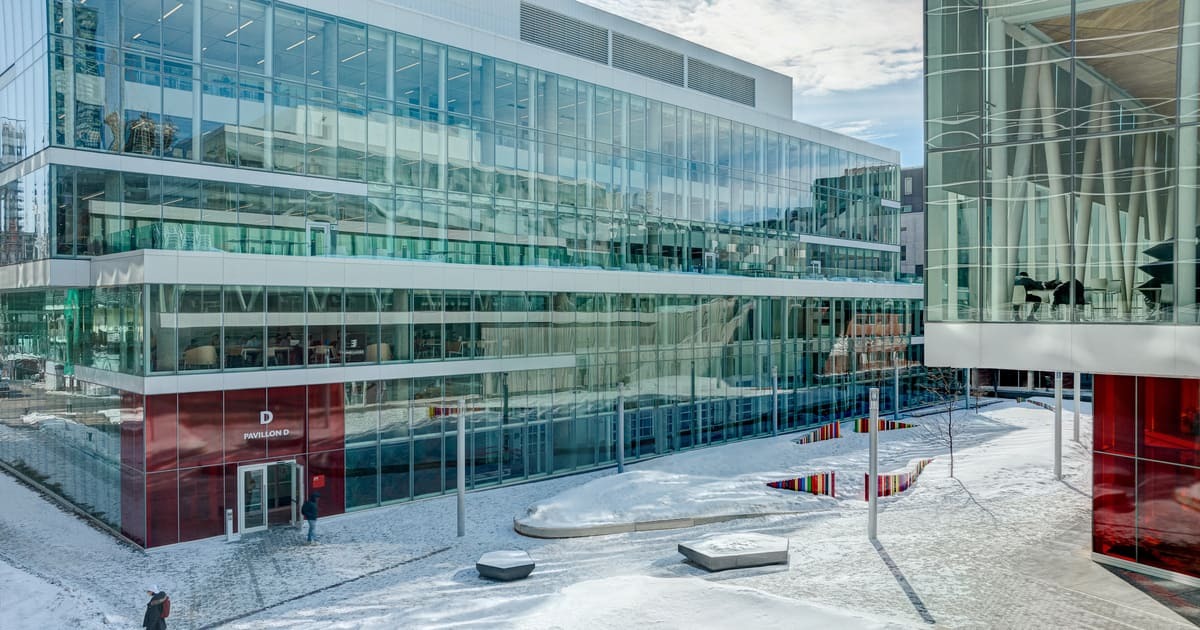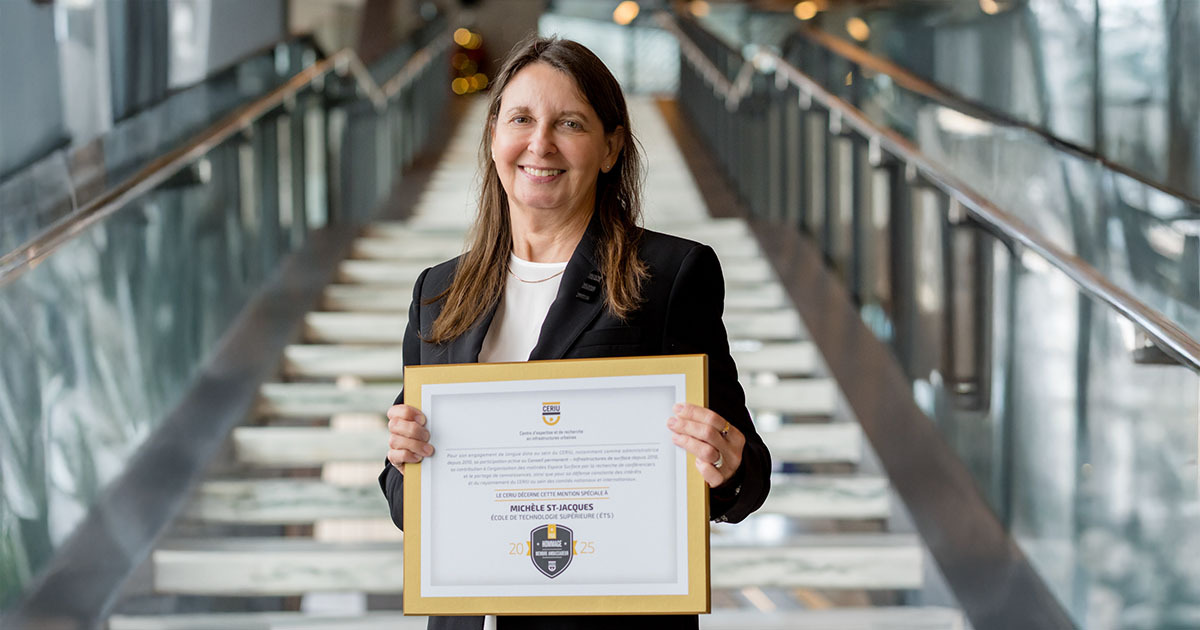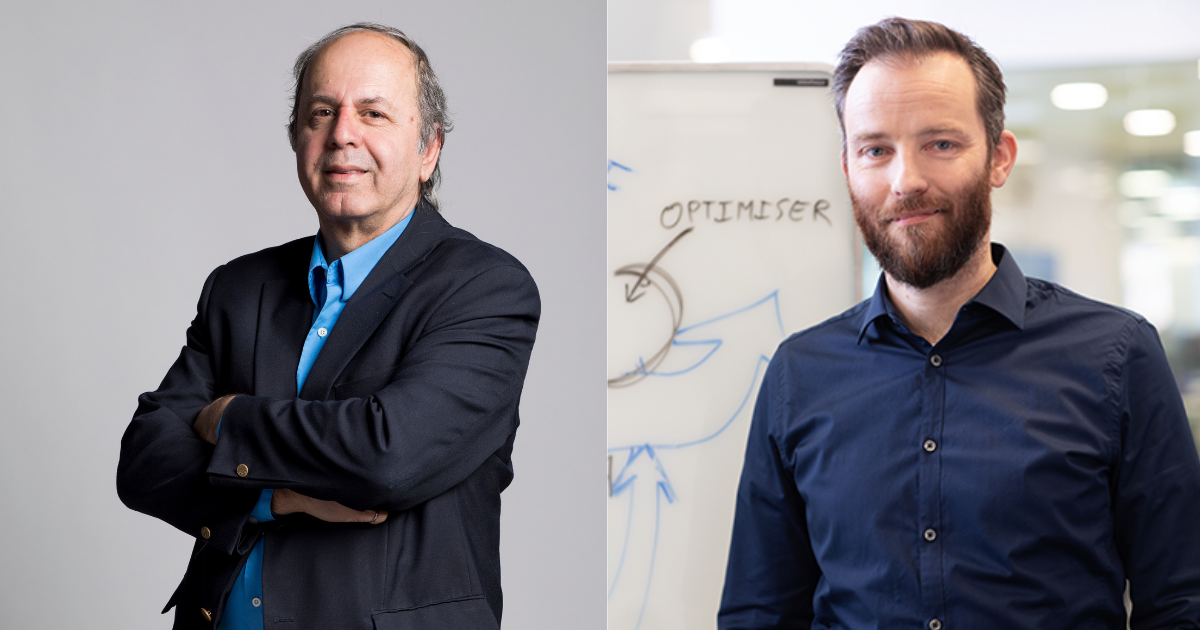
Time—An Essential Dimension in Construction Projects
Construction professionals work with 2D plans and, more recently, 3D models, but to truly understand the progress of a construction project, a fourth dimension must be integrated—time. How can this fourth dimension be represented, given that Gant diagrams quickly become complex and difficult to interpret? At the Research Laboratory on Information Technology in Construction (LaRTIC), we are developing 4D-based simulation tools for simpler, more collaborative management of construction planning and better communication between all parties involved. Specifically, this involves integrating sequences of construction activities into the 3D model of a facility, in order to simulate the construction process over time. This makes it possible to visualize activity scheduling, site layout and site logistics optimization, and to anticipate conflicts and other overlaps.
Immersive Virtual Reality
Our research team uses virtual reality to develop visual and immersive tools used directly on site to support collaboration and decision-making. The aim is to enable planning optimization without having to interpret a Gant chart or learn complicated software.
With these tools, it is possible to add other types of information as required, to integrate, for example, site logistics, storage areas, access or even the environmental impact of the project. On this last point, the added value is to simulate the impact of several variants to minimize the environmental impact of a construction project. Many factors are involved: noise, odour, treading over eco-sensitive areas… Our aim is to analyze how logistics, project stages and the way they fit together can affect the local environment of a project, and to improve this fit by taking into account the local context.

Common Data Environment
In the construction industry, the large number of stakeholders involved makes it difficult to manage information. Another aspect of our research concerns data environments: how can we simplify access to contextualized information, tailored to the stakeholders who need it? This information must be structured in such a way that everyone can update it as the project progresses. In this aspect of our research, we aim to develop methods and tools to enable interoperability between the multiple information systems set up during the life cycle of a construction project. We also seek to link common data environments to the increasingly complex realities, methods and tools involved in construction projects.
4D Printing
On a more exploratory note, we’re also focusing on 3D printing in the construction industry, specifically with shape-memory materials, or materials that change properties depending on external conditions.
Conclusion
If we want our construction projects to stay on schedule and on budget, it’s in our interest to involve field workers more actively in the overall planning process. The tools made available to them must be simple, user-friendly and efficient.



